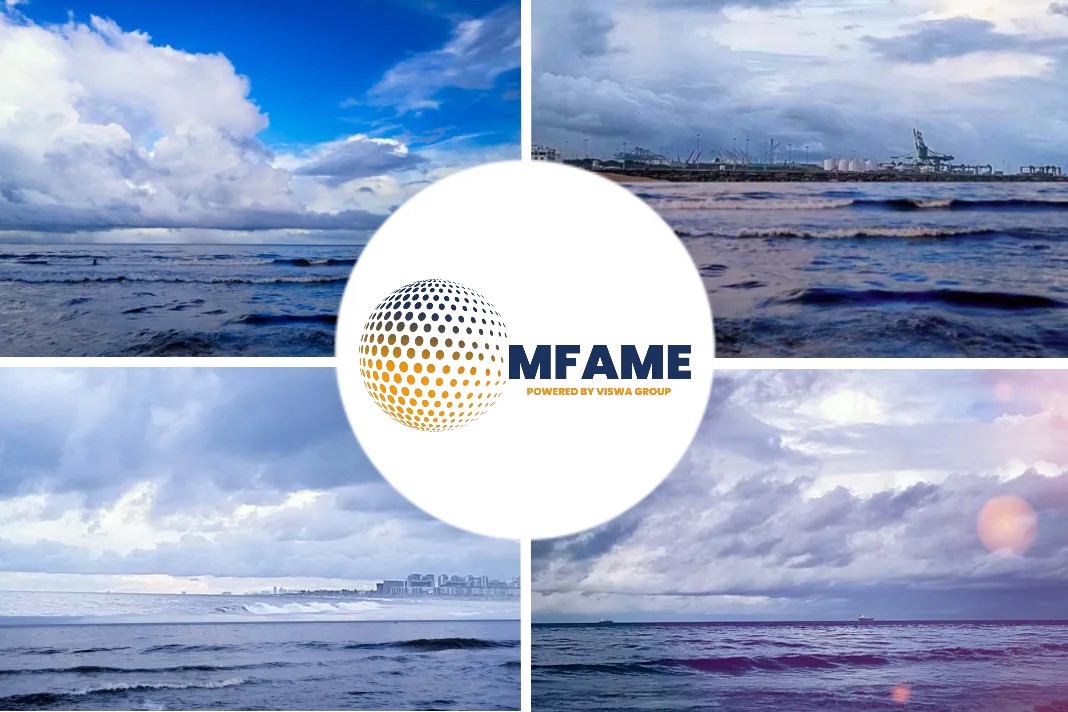Victor Vescovo an American explorer found plastic waste on the seafloor while breaking the record for the deepest ever dive, reports BBC News.
Where was plastic waste found?
Victor Vescovo descended nearly 11km (seven miles) to the deepest place in the ocean – the Pacific Ocean’s Mariana Trench.
After spending four hours exploring the bottom of the trench in his submersible, built to withstand the immense pressure of the deep, he found not only sea creatures, but also found a plastic bag and sweet wrappers.
Humans reaching ocean’s extreme depths
It is the third time humans have reached the ocean’s extreme depths. The first dive to the bottom of the Mariana Trench took place in 1960 by US Navy lieutenant Don Walsh and Swiss engineer Jacques Piccard in a vessel called the bathyscaphe Trieste.
Movie director James Cameron then made a solo plunge half a century later in 2012 in his bright green sub.
The latest descent, which reached 10,927m (35,849ft) beneath the waves, is now the deepest by 11m – making Victor Vescovo the new record holder. Mr Vescovo said: “It is almost indescribable how excited all of us are about achieving what we just did.”
“This submarine and its mother ship, along with its extraordinarily talented expedition team, took marine technology to a ridiculously higher new level by diving – rapidly and repeatedly – into the deepest, harshest, area of the ocean.”
Don Walsh’s comment
Witnessing the dive from the Pacific was Don Walsh. He told , “I salute Victor Vescovo and his outstanding team for the successful completion of their historic explorations into the Mariana Trench.
“Six decades ago, Jacques Piccard and I were the first to visit that deepest place in the world’s oceans. Now in the winter of my life, it was a great honour to be invited on this expedition to a place of my youth.”
New species discovered
The team believes it has discovered four new species of prawn-like crustaceans called amphipods, a creature called a spoon worm 7,000m-down and a pink snailfish at 8,000m.
They also discovered brightly coloured rocky outcrops, possibly created by microbes on the seabed, and collected samples of rock from the seafloor.
Human being’s impact evident
Humanity’s impact on the planet was also evident with the discovery of plastic pollution. It’s something that other expeditions using landers have seen before.
Millions of tonnes of plastic enter the oceans each year, but little is known about where a lot of it ends up.
The scientists now plan to test the creatures they collected to see if they contain microplastics – a recent study found this was a widespread problem, even for animals living in the deep.
Details on the submersible used
The dive forms part of the Five Deeps expedition – an attempt to explore the deepest points in each of the world’s five oceans.
The 4.6m-long, 3.7m-high submersible – called the DSV Limiting Factor – was built by the US-based company Triton Submarines, with the aim of having a vessel that could make repeated dives to any part of the ocean.
At its core is a 9cm-thick titanium pressure hull that can fit two people, so dives can be performed solo or as a pair.
It can withstand the crushing pressure found at the bottom of the ocean: 1,000 bars, which is the equivalent of 50 jumbo jets piled on top of a person.
As well as working under pressure, the sub has to operate in the pitch black and near freezing temperatures.
Submersible to be passed to science institutions
After the Five Deeps expedition is complete later this year, the plan is to pass the submersible onto science institutions so researchers can continue to use it.
The challenges of exploring the deep ocean – even with robotic vehicles – has made the ocean trenches one of the last frontiers on the planet.
Once thought to be remote, desolate areas, the deep sea teems with life. There is also growing evidence that they are carbon sinks, playing a role in regulating the Earth’s chemistry and climate.
Did you subscribe to our daily newsletter?
It’s Free! Click here to Subscribe!
Source: BBC

















